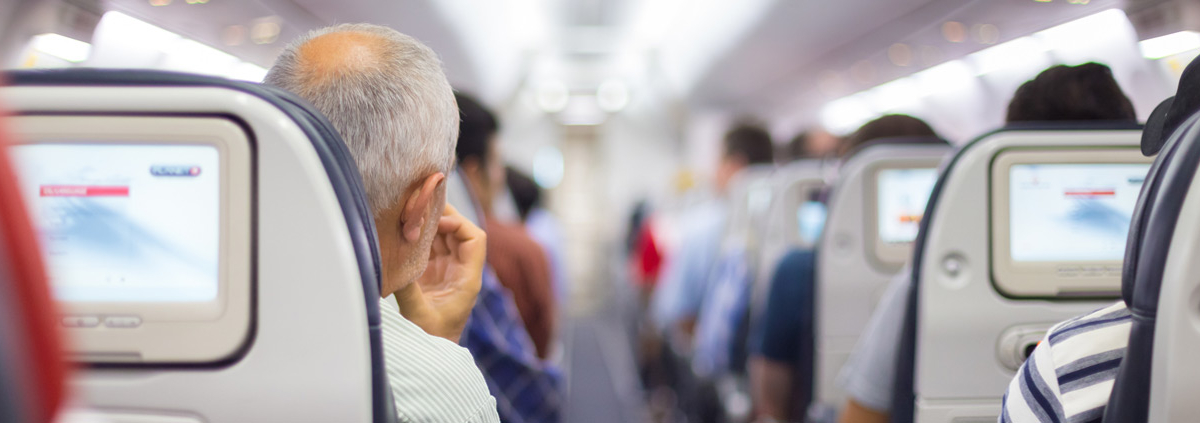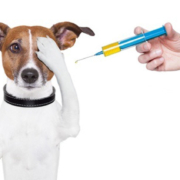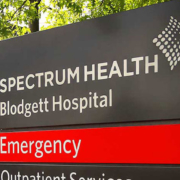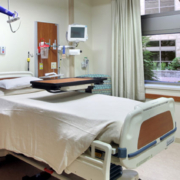The Safest Seat on a Plane
If you want to boost your odds of remaining healthy after a flight, let’s begin with the location of your seating assignment. Researchers determined that the people in the center of coach had the most contacts with other passengers and flight crew. That makes sense. Everyone with the need is going forward or backward to use the bathrooms. But the contacts increase if the passengers leave their seats. In addition, there’s more contact with the crew in the center of the plane.
As to seat location, the aisle seats get the most contact with crew and passengers, the middle seats a little less. The seat with the least contact with passengers or crew is definitely the window seat; in fact, there are zero contacts about 10% of the time. The crew has the most direct contact with passengers; that’s to be expected as they distribute food and drinks, answer questions, and conduct safety checks.
Here’s the surprise: the results of the air and physical locations that were tested and sent for analysis showed no measurable respiratory viruses of any kind. That seems unusual because eight of the flights were during cold and flu season. But finding no viruses means they found no viruses using standard virus-detection tests. It should be noted they did not test for bacteria that could have been present, just respiratory viruses.
Based on the results, the researchers estimated that the major points of contact would be one meter in front and behind a sick passenger sitting in any row. If you were outside of that zone, you could be reasonably confident you didn’t catch a respiratory infection while on a flight, even if some of the passengers were infected with a respiratory virus. In this day and age, the fear of catching some form of respiratory superbug on a flight is extremely low.
Yet we know travel often results in illness. Where could people pick up a bug? I’ll let you know on Saturday.
What are you prepared to do today?
Dr. Chet









